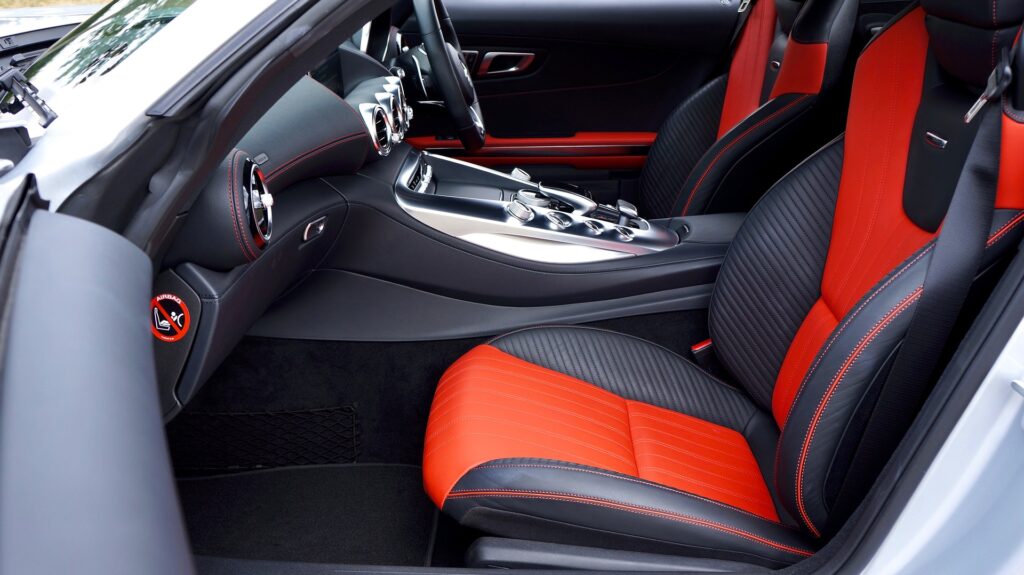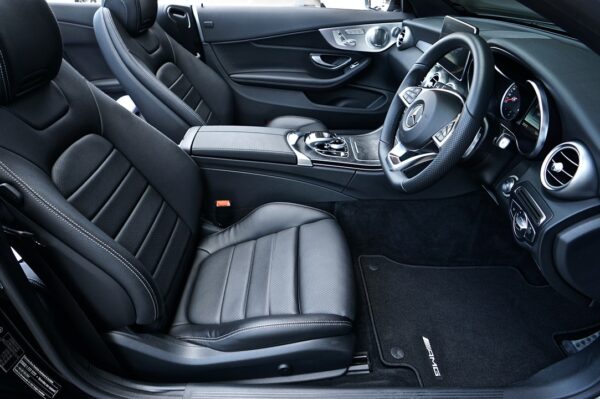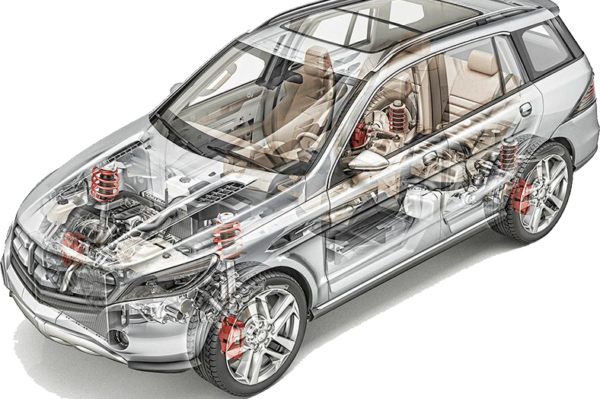
When it comes to race cars, it’s easy to get caught up in the excitement of their sleek designs, powerful engines, and cutting-edge technology. From the roaring engines of NASCAR to the nimble handling of Formula 1, race cars come in all shapes and sizes. But at their core, they all share the same fundamental purpose: to be the fastest on the track. While the variations in design, power, and technology are fascinating, the essential principles that make a race car competitive are surprisingly straightforward.
The Basics of Speed
CarpartSolutions LLC
The primary objective of any race car is to go as fast as possible, and speed is determined by several key factors: power, aerodynamics, and weight. No matter the size or shape of the race car, these elements work together to maximize performance.
Power is what drives the car forward. Whether it’s a 1,000-horsepower engine in a drag racer or a highly tuned turbocharged engine in a rally car, the goal is the same: generate as much power as possible to achieve maximum speed. But power alone isn’t enough; it must be efficiently transferred to the wheels through a well-engineered drivetrain.
Aerodynamics plays a crucial role in how a race car cuts through the air. The shape of the car, including its spoilers, wings, and diffusers, is designed to reduce air resistance and increase downforce, keeping the car glued to the track. Whether it’s a Formula 1 car slicing through corners at high speed or a stock car drafting behind a competitor, aerodynamic efficiency is key to maintaining speed.
Weight is the enemy of speed. The lighter the car, the less energy it needs to accelerate. Race cars are meticulously engineered to be as light as possible without sacrificing strength and safety. From carbon fiber bodies to lightweight alloy components, every ounce counts. This focus on weight reduction is universal across all types of race cars.
Handling and Control
Speed is only one part of the equation. A race car must also handle well, allowing the driver to maintain control at high speeds and navigate through challenging turns and obstacles. This is where suspension, tires, and braking systems come into play.
The suspension system is designed to keep the tires in contact with the road, providing stability and control. Whether it’s absorbing the bumps of a rally course or keeping the car level through a high-speed turn, a well-tuned suspension is critical.
Tires are the only part of the car that touches the track, so their grip and durability are essential. Race cars use specialized tires designed for different conditions, whether it’s slicks for dry pavement or knobby tires for off-road courses. The right tire choice can be the difference between victory and defeat.
Finally, brakes are crucial for controlling speed and navigating tight corners. High-performance braking systems allow race cars to decelerate rapidly, giving drivers the ability to push their cars to the limit while maintaining control.
The Universality of Racing
No matter the type of race car—whether it’s a dragster, a Formula 1 car, or a rally vehicle—they all share these common principles. The size, shape, and specific technology may vary, but the goal remains the same: to be the fastest and most controlled car on the track.
At CarPartSolution.us, we understand the importance of quality components in achieving peak performance, whether you’re building a race car or maintaining your daily driver. The principles that make race cars fast and reliable are the same ones that apply to everyday vehicles. That’s why we offer a wide range of high-quality auto parts to meet your needs, ensuring that your vehicle performs at its best, whether on the track or on the road.
In the world of racing, it’s not complicated—speed, control, and reliability are the keys to success. And at CarPartSolution.us , we’re here to help you achieve that, no matter what you drive.






This is a useful post for finding broken links within the website, what about links pointing outwards that are broken? I can use a free web service but wondered if this was possible.
Great tool! I am using a redirect plugin to send all my 404’s to my home page but I think it’s slacking sometimes.